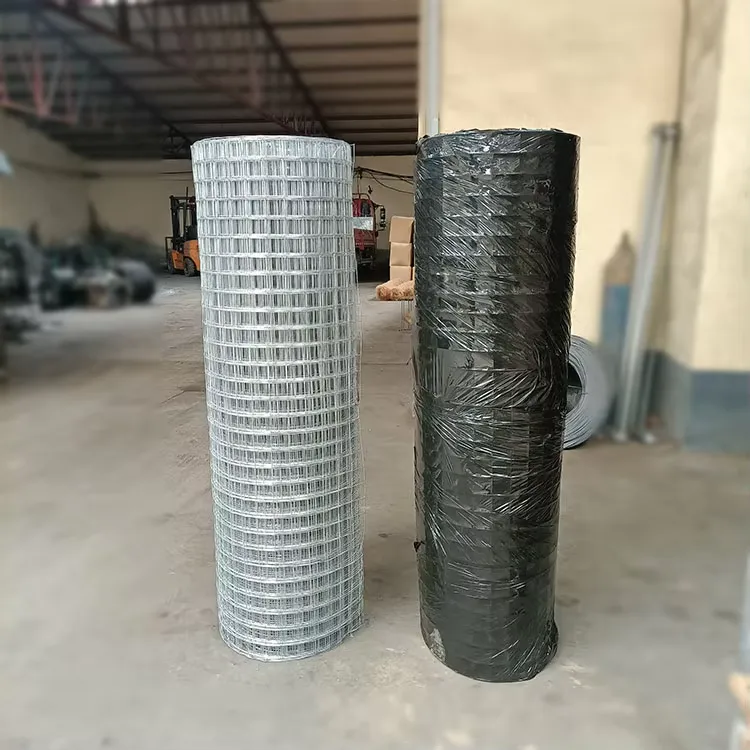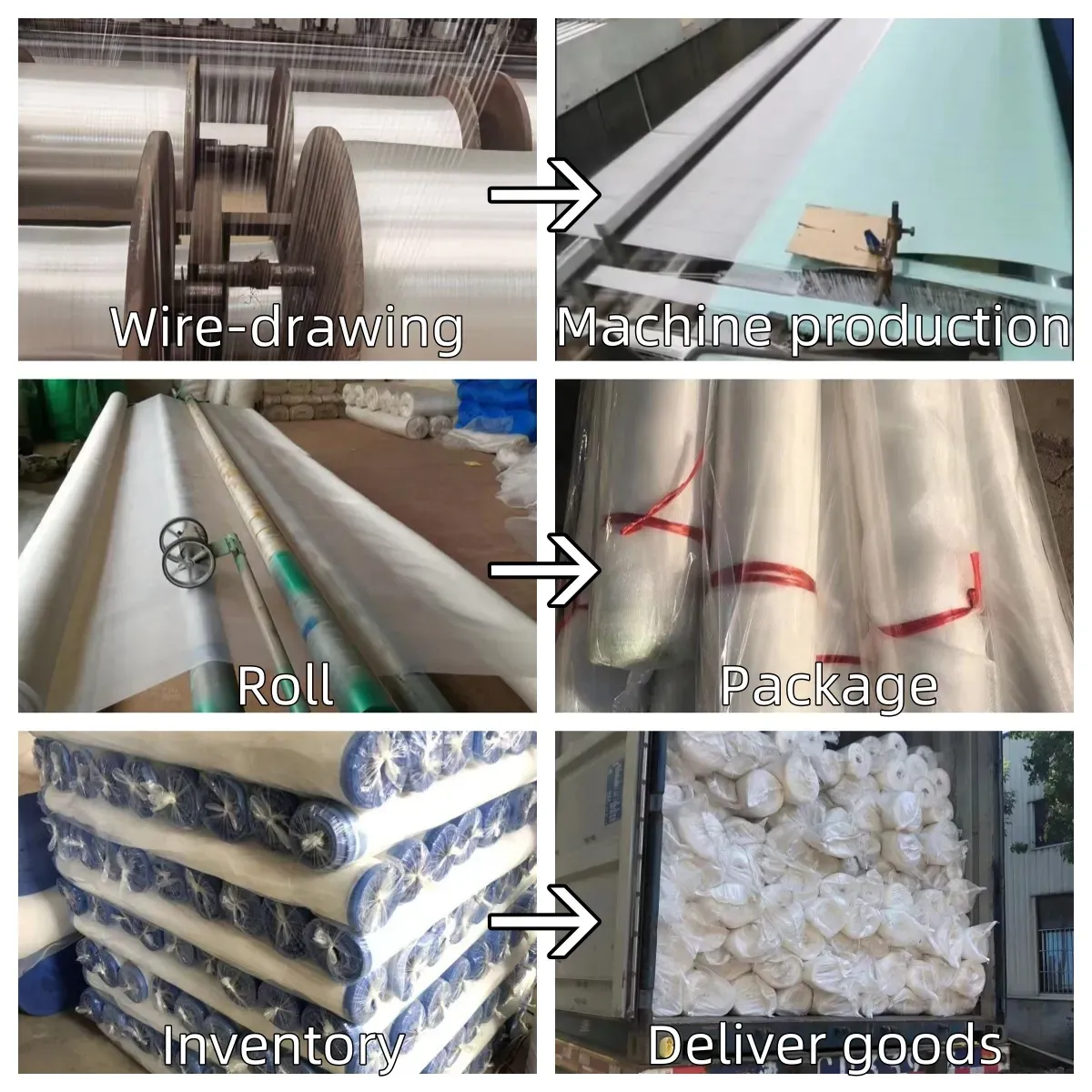-
 Afrikaans
Afrikaans -
 Albanian
Albanian -
 Amharic
Amharic -
 Arabic
Arabic -
 Armenian
Armenian -
 Azerbaijani
Azerbaijani -
 Basque
Basque -
 Belarusian
Belarusian -
 Bengali
Bengali -
 Bosnian
Bosnian -
 Bulgarian
Bulgarian -
 Catalan
Catalan -
 Cebuano
Cebuano -
 China
China -
 Corsican
Corsican -
 Croatian
Croatian -
 Czech
Czech -
 Danish
Danish -
 Dutch
Dutch -
 English
English -
 Esperanto
Esperanto -
 Estonian
Estonian -
 Finnish
Finnish -
 French
French -
 Frisian
Frisian -
 Galician
Galician -
 Georgian
Georgian -
 German
German -
 Greek
Greek -
 Gujarati
Gujarati -
 Haitian Creole
Haitian Creole -
 hausa
hausa -
 hawaiian
hawaiian -
 Hebrew
Hebrew -
 Hindi
Hindi -
 Miao
Miao -
 Hungarian
Hungarian -
 Icelandic
Icelandic -
 igbo
igbo -
 Indonesian
Indonesian -
 irish
irish -
 Italian
Italian -
 Japanese
Japanese -
 Javanese
Javanese -
 Kannada
Kannada -
 kazakh
kazakh -
 Khmer
Khmer -
 Rwandese
Rwandese -
 Korean
Korean -
 Kurdish
Kurdish -
 Kyrgyz
Kyrgyz -
 Lao
Lao -
 Latin
Latin -
 Latvian
Latvian -
 Lithuanian
Lithuanian -
 Luxembourgish
Luxembourgish -
 Macedonian
Macedonian -
 Malgashi
Malgashi -
 Malay
Malay -
 Malayalam
Malayalam -
 Maltese
Maltese -
 Maori
Maori -
 Marathi
Marathi -
 Mongolian
Mongolian -
 Myanmar
Myanmar -
 Nepali
Nepali -
 Norwegian
Norwegian -
 Norwegian
Norwegian -
 Occitan
Occitan -
 Pashto
Pashto -
 Persian
Persian -
 Polish
Polish -
 Portuguese
Portuguese -
 Punjabi
Punjabi -
 Romanian
Romanian -
 Russian
Russian -
 Samoan
Samoan -
 Scottish Gaelic
Scottish Gaelic -
 Serbian
Serbian -
 Sesotho
Sesotho -
 Shona
Shona -
 Sindhi
Sindhi -
 Sinhala
Sinhala -
 Slovak
Slovak -
 Slovenian
Slovenian -
 Somali
Somali -
 Spanish
Spanish -
 Sundanese
Sundanese -
 Swahili
Swahili -
 Swedish
Swedish -
 Tagalog
Tagalog -
 Tajik
Tajik -
 Tamil
Tamil -
 Tatar
Tatar -
 Telugu
Telugu -
 Thai
Thai -
 Turkish
Turkish -
 Turkmen
Turkmen -
 Ukrainian
Ukrainian -
 Urdu
Urdu -
 Uighur
Uighur -
 Uzbek
Uzbek -
 Vietnamese
Vietnamese -
 Welsh
Welsh -
 Bantu
Bantu -
 Yiddish
Yiddish -
 Yoruba
Yoruba -
 Zulu
Zulu
පෙබ. . 14, 2025 09:34
Back to list
insect cage mesh
Insect mesh cages have become an indispensable tool for gardeners, entomologists, and hobbyists seeking to protect their plants and insects from unwanted pests, while ensuring proper airflow and sunlight. My extensive experience with these cages has led me to not only appreciate their practicality but also to understand the nuances and expertise required to select the best product for specific needs.
Trustworthiness in insect cage mesh is also linked to the supplier’s reputation. Engaging with manufacturers who provide transparency regarding their product materials and mesh specifications can ease the concerns surrounding the authenticity and safety of their offerings. I recommend partnering with suppliers that offer warranties and readily share information about the testing processes their products undergo. Moreover, the design of the insect cage itself should foster trust in its ability to protect and nurture. Ideally, it should be easy to assemble and allow for adequate ventilation. During a workshop I led, participants shared their experiences of preferring cages with zippered entries and reinforced corners, which simplified maintenance and minimized escapism—harking back to the design’s overall trustworthiness. Finally, understanding the broader ecological impact of using insect cage mesh can elevate one’s practices to a more sustainable level. By promoting practices that integrate the use of cages within organic gardening and pollination enhancement programs, we contribute positively to biodiversity. Through participatory conservation efforts, facilitated by effectively utilized insect mesh cages, gardeners and researchers alike help maintain ecological balance. In closing, the insect cage mesh is more than a simple tool; it is an intricate component of sustainable gardening, research, and conservation. Experience, expertise, and an authoritative understanding of the product, coupled with a commitment to trustworthiness and ethical practices, position it as a critical element in both professional and personal endeavors. By embracing these attributes, users of insect mesh cages can ensure their activities not only succeed but also positively impact the environment for years to come.


Trustworthiness in insect cage mesh is also linked to the supplier’s reputation. Engaging with manufacturers who provide transparency regarding their product materials and mesh specifications can ease the concerns surrounding the authenticity and safety of their offerings. I recommend partnering with suppliers that offer warranties and readily share information about the testing processes their products undergo. Moreover, the design of the insect cage itself should foster trust in its ability to protect and nurture. Ideally, it should be easy to assemble and allow for adequate ventilation. During a workshop I led, participants shared their experiences of preferring cages with zippered entries and reinforced corners, which simplified maintenance and minimized escapism—harking back to the design’s overall trustworthiness. Finally, understanding the broader ecological impact of using insect cage mesh can elevate one’s practices to a more sustainable level. By promoting practices that integrate the use of cages within organic gardening and pollination enhancement programs, we contribute positively to biodiversity. Through participatory conservation efforts, facilitated by effectively utilized insect mesh cages, gardeners and researchers alike help maintain ecological balance. In closing, the insect cage mesh is more than a simple tool; it is an intricate component of sustainable gardening, research, and conservation. Experience, expertise, and an authoritative understanding of the product, coupled with a commitment to trustworthiness and ethical practices, position it as a critical element in both professional and personal endeavors. By embracing these attributes, users of insect mesh cages can ensure their activities not only succeed but also positively impact the environment for years to come.
Next:
Latest news
-
Why Nylon Mesh Netting is Revolutionizing Industrial and Commercial ApplicationsNewsJun.13,2025
-
Reinventing Reliability with Construction Wire MeshNewsJun.13,2025
-
Protect Your Crops with High-Performance Agricultural Netting SolutionsNewsJun.13,2025
-
Premium Breeding Net Solutions for Modern AquariumsNewsJun.13,2025
-
Precision Filtration Solutions for Industrial and Commercial NeedsNewsJun.13,2025
-
Advanced Industrial Mesh Solutions for Every ApplicationNewsJun.13,2025











